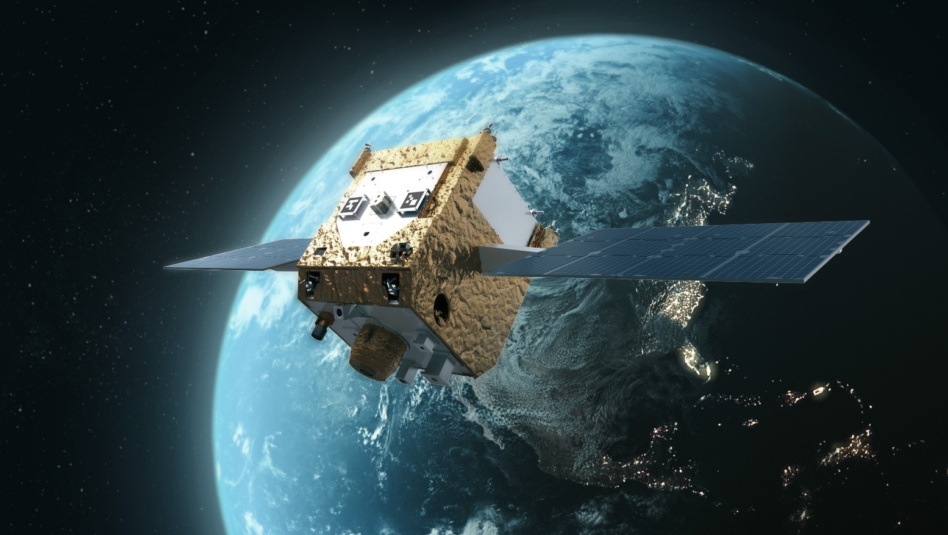Colorado Springs, CO—The first US military satellite launched in 1958. The first one that will be able to fly longer than a single tank of fuel will launch next year.
Astroscale US will lead the first refueling mission of a DoD satellite in GEO in partnership with in-space refueling startup Orbit Fab. The mission will open the door for future in-space military and commercial refueling operations, allowing sats to extend their lives, and conduct a wider array of dynamic maneuvers without cutting their missions short.
“This mission lays the foundation for a future where spacecraft can maneuver, can be refilled, can go on to stay in the fight right in a dynamic space environment—and where the logistics supply chain is just as dynamic as the missions it supports,” Ian Thomas, program manager of the Astroscale US Refueler, said.
The mission: The Astroscale US Refueler sat, called APS-R, will launch to GEO in mid-2026, loaded with a full tank of ~66lbs of hydrazine fuel. It will conduct a rendezvous and proximity (RPO) maneuver to approach, dock, and transfer fuel to Space Force’s Tetra-5 sat using Orbit Fab’s refueling interface.
Once the job is done, APS-R will detach from the client sat, travel to a safe distance, and use its on-board hyperspectral camera to check for leaks. APS-R will then fly to Orbit Fab’s fuel depot, also launching in 2026, to top up its own fuel reserves before flying to a second DoD satellite to repeat the process.
While the mission might seem straightforward, it’s built on years of work from Orbit Fab and Astroscale to overcome many technical challenges.
- In 2021, Astroscale became one of the first companies to successfully approach and capture a client satellite with its ELSA-d mission.
- Last year, Orbit Fab became the first company to have its in-space refueling port, called RAFTI, flight qualified, which sparked an order of at least three refueling ports from the DoD.
War and peace: As the world’s militaries ramp up their dynamic space capabilities, this mission will reestablish America’s edge for orbital maneuverability.
“We can no longer assume that a war that starts in or extends into space will be short. We must prepare for a protracted conflict,” Gen. Stephen Whiting, the commander of US Space Command, said at the Space Symposium conference yesterday. “Sustaining until the mission is complete is essential to our success, [as] China continues to launch refueling-capable satellites and improve their on-orbit sustainment and maneuvers.”
It’s not just the military that will benefit from this new era of in-space refueling, however. Once Astroscale’s Space Force mission is complete, the company will be free to refuel any other compatible satellites during its two- to three-year mission life.




